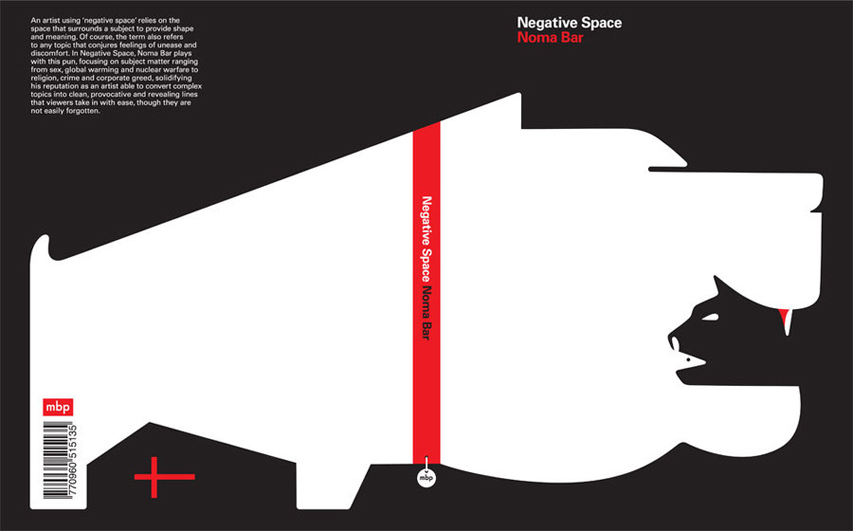Negative space is an important element of marketing and design. With logo design and other print design, the use of negative space takes thought and planning. It is not something to be overlooked or avoided. Great design works takes all the space into consideration, both used and used elements.
What is Negative Space?
In terms of graphic design, negative space is the part of the design that is not being used. In design, there are three plain elements that make up the framework of the piece. These include the subject (positive space), the frame and then the negative space.
Negative space is referred to as white space when working with print design. It is considered the space of the design that is empty. The use of white space is encouraged and the more, the merrier. It can be tempting to fill a page with all kinds of meaningful design, but this is often overwhelming and frustrating for customers. The idea is to make the focal elements of the design and have the white space draw people into the focal areas instead of distracting them away.
The Importance of Negative Space
With any piece of design there must be negative space. A piece that contains no negative space will be too busy. A viewer’s eyes will be all over the place, unable to focus. This keeps your audience from receiving whatever message the design intended to deliver.
Negative space is a great way to achieve balance or symmetry in a design. This makes the design look better and achieve a greater appeal for viewers. The proper use of white space allows the objects in the design piece to co-exist, even if they would not normally match or go together. The right use of space can connect both similarities and design differences.
Resist the temptation to fill an advertisement with all sorts of marketing jargon and information. Just because there is space that could be filled, does not mean that you need to fill it. Place your website address on the advertisement. Customers who want to learn more will click through to the company’s website. An advertisement should be a teaser, a movie trailer – it should not only intrigue but also entertainment.
How to Incorporate Negative Space
First, you will need a good idea of what negative space is and what it is not. Do some research on negative space and look through some design examples in a variety of mediums to get an idea of what works well with negative space, and what does not.
Occasionally, the focal design element of a piece could be knocking out an area of the design as negative space. Leaving the area empty will draw attention to it in ways that your ordinary logo does not.
Using Negative Space for Emphasis
Also negative space can be used as a tool to draw a viewer’s eyes where you want them to go. If there is an element or design piece that is the focal point, then using the right kind of negative space will help the eye drift onto the design’s main point. The more negative space that surrounds the subject, the stronger the visual pull will be toward the design’s focal object.
Too much clutter in a piece is a recipe for frustration. Customers do not want a Where’s Waldo activity in their advertisement. They need you to quickly get to the point – which is where designers are falling behind. The world runs quickly these days and you will only get seconds of a potential customer’s attention to win them over.
If there is more than one focal point, use a hierarchy of design to direct viewers eyes to the right ad elements. This means balancing design elements so that a viewer’s eyes follows the path set before them into whatever the final design wants to be.
Different Mediums
The strategic use of negative space can be utilized in a variety of different mediums. Not only is it great for marketing pieces, but should also be practiced in logo design and even photography. Understanding negative space when snapping or editing photos can turn a great photo into a spectacular photo.
Cost Savings
When it comes to design, the fewer colors you use the better your pricing will be. More colors equals more ink and makes it tougher on the printer. However, it is important not to skimp out on the design just to save money at the print shop.













